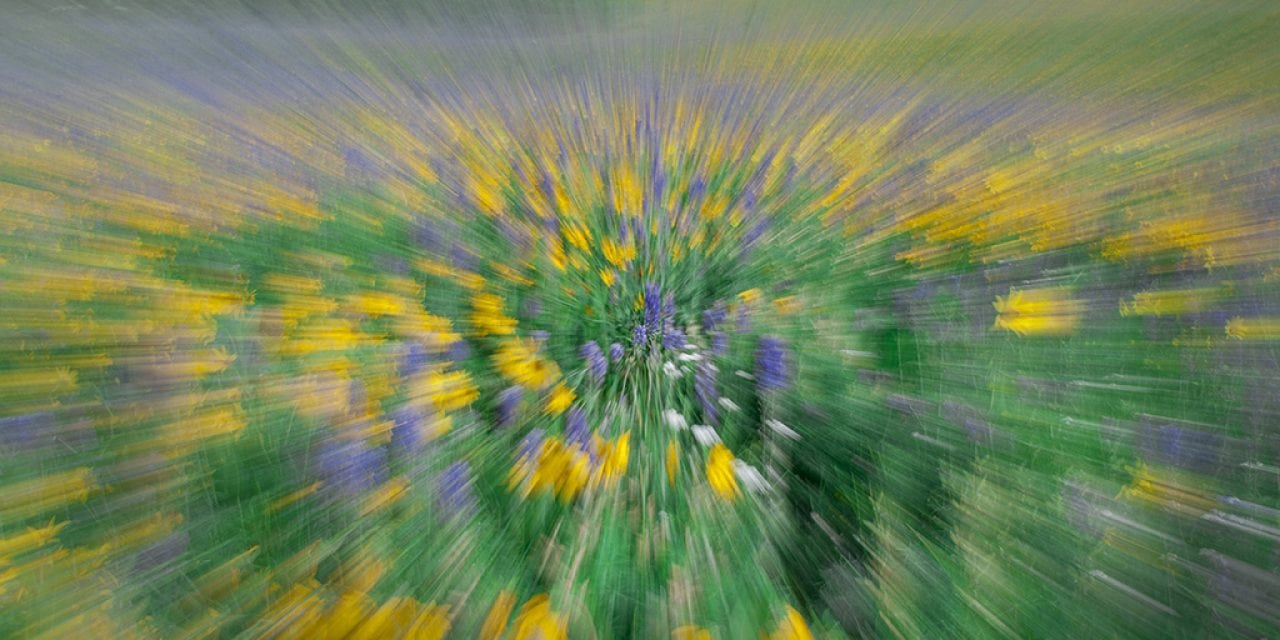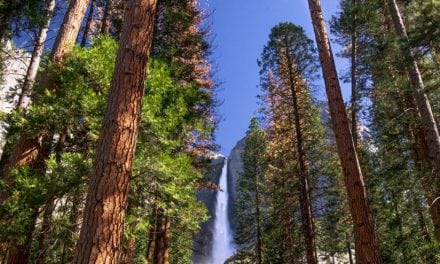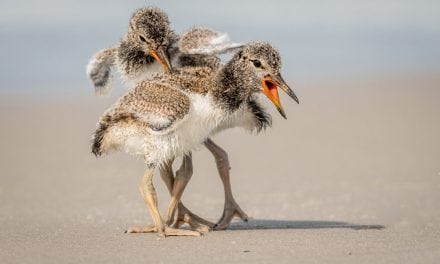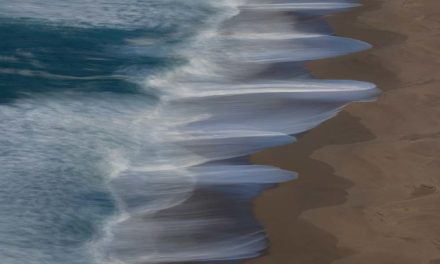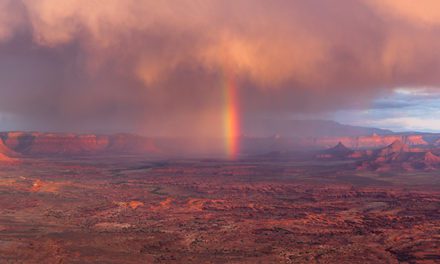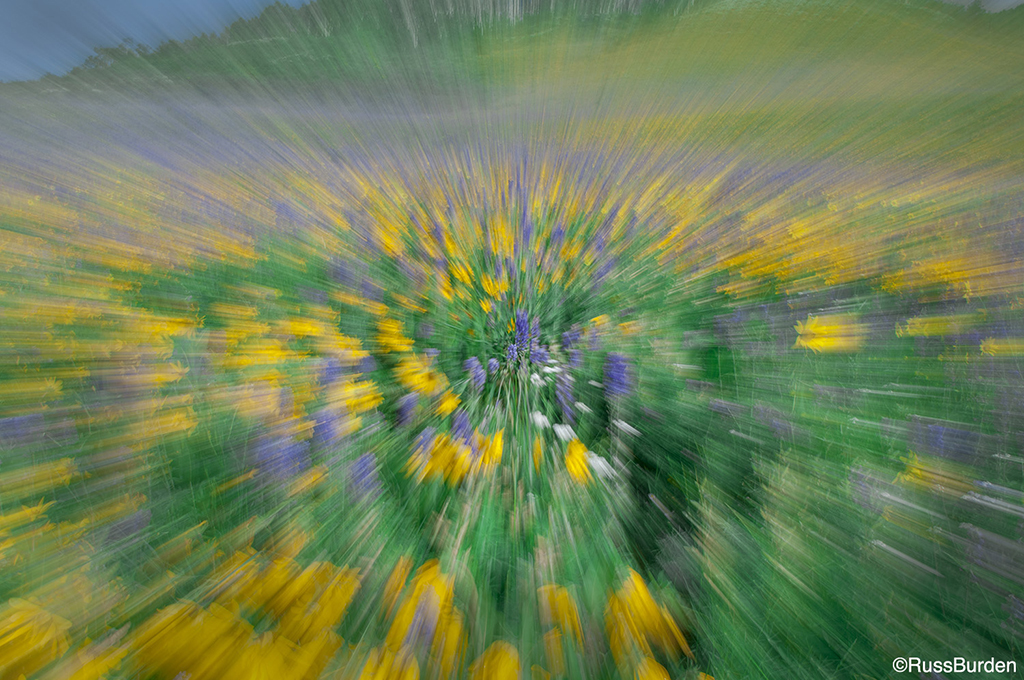
Motion occurs at many speeds, in many directions and with many variables. It can be constant, intermittent, fluid, repetitive, blindingly fast or barely discernible. Photographically, anything that moves opens many doors for the creative photographer. While many photographers try to freeze every aspect of movement, there are other ways to capture the essence of locomotion. To diversify your portfolio, it’s great to know how to capture motion in other forms.
Action subjects show fluid movement. By using a slow shutter speed, the movement paints the sensor with color, blurs, twirls, speed and grace. The photo takes on a special dynamic and becomes more of an artistic representation of the motion. Methods that illustrate this movement are panning, deliberate movement of the camera, zooming the lens or rotating the lens around its collar. Both the subject and its speed of movement dictate which technique works best. I encourage you to try them all on any moving subject. The more you make these types of photos, the more easily you’ll be able to predict the end result.
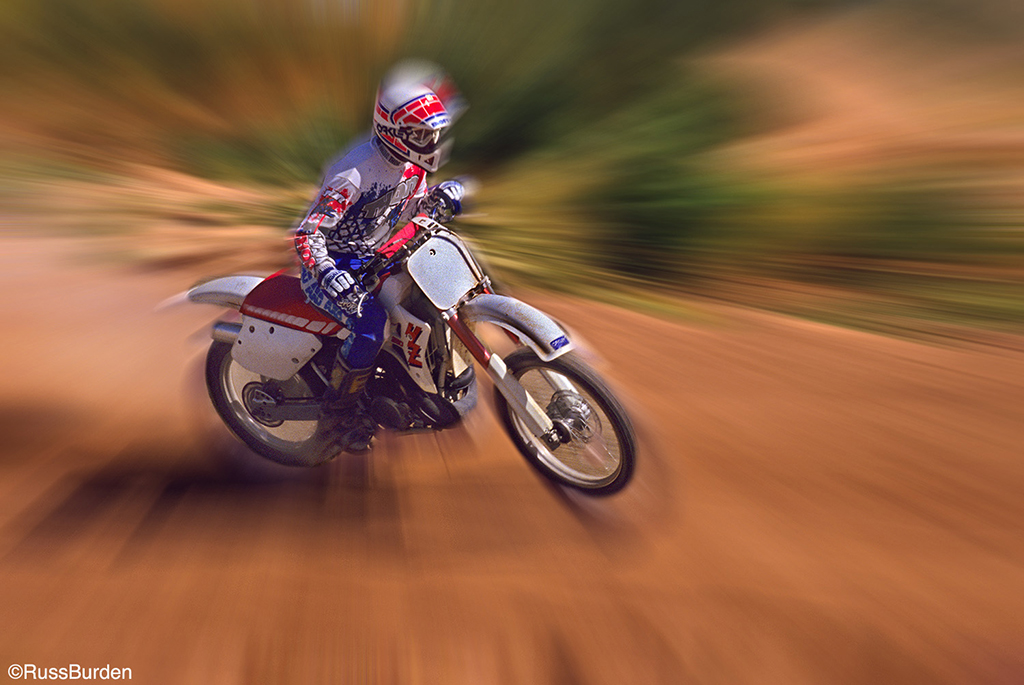
Try Something New: Zoom the lens to give a stationary subject movement. Motion can be implied when a subject is static if a lens is zoomed during the time the shutter is open. Experiment using varying shutter speeds from one half to four seconds. If you want the lines that show the zoom effect to be smooth, mount the camera on a tripod. If you want wiggly explosive lines, handhold the camera. I prefer the tripod-mounted result, but I have seen great results with wiggly lines. Start the zoom at the widest setting and zoom to the telephoto point. Try the opposite where you start at the telephoto setting and zoom to the wide—both work. Use a low ISO to obtain the necessary shutter speeds. If you want to use the technique during daylight hours, attach a neutral-density filter to be able to make longer exposures. Experiment with subjects of all kinds as anything is fair game.
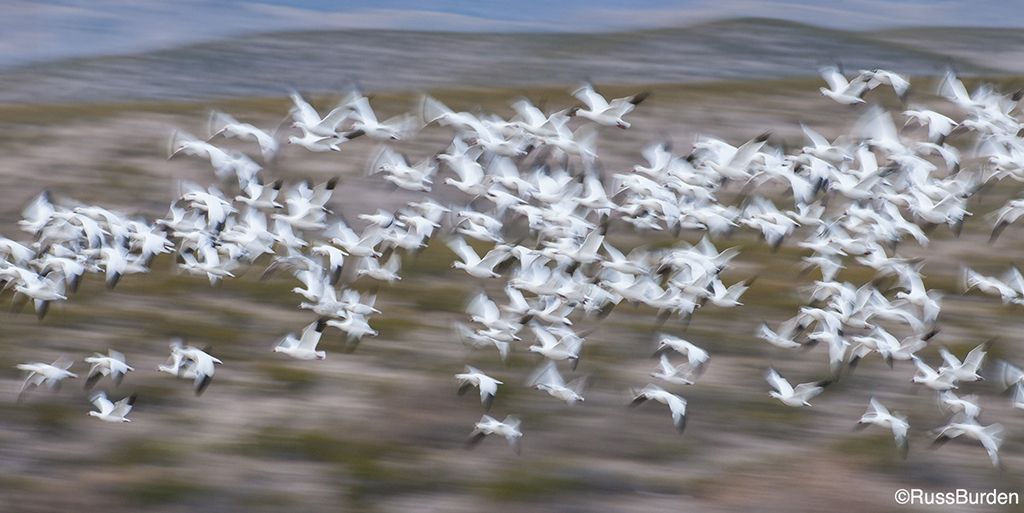
Try Something Creative: Pan a wild animal—Panning is used to render a sharp subject against a blurred background. The effect is achieved when the photographer pans the camera with the subject across the film plane. If the pan is performed at the same speed at which the subject moves and no up and or down movement occurs, the subject will be sharp against a blurred background. The key is to track the subject with a smooth flowing motion. Use a tripod with a panning head. Keep it loose to make a fluid pan. Experiment using different shutter speeds. For instance, a car moving at 50mph vs. a goose in flight require different shutter speeds. Check the LCD after each image and adjust the shutter and pan speed to obtain the effect you desire. If the background remains too sharp, lower the shutter speed. If everything is a total blur, raise it.
Paint With Color: Subjects that are colorful and show a lot of movement are great for this technique. The idea is to mount the camera on a tripod, set a slow shutter speed and the movement of the subject paints the sensor with color. Good subjects are fields of flowers blowing in the wind, dancers in colorful costumes, autumn leaves dropping to the ground or any other colorful subject that moves while the camera remains stationary.
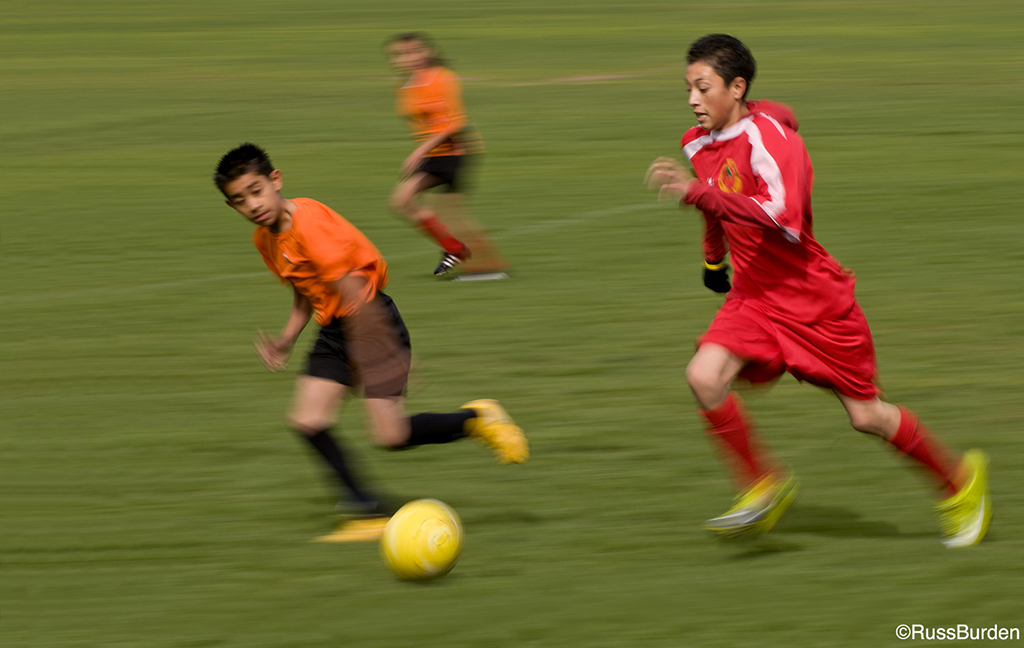
Try Something Traditional With A Twist: Pan but with a mid-speed shutter time—The technique is the same as above but differs in that faster shutter speeds are used to freeze action. Another key difference is the subject performs additional movement. Take, for instance, the flight of a sandhill crane. Not only does the bird move across the film plane, its wings also move up and down. In order to freeze this motion, a faster shutter speed is required. Another example is a sprinter. Not only does he/she move across the film plane, his/her arms sway and his/her legs move at high speeds. A bonus of photographing subjects like the bird or sprinter is the technique of slow pans can also be tried to create artistic renderings.
Visit www.russburdenphotography.com for information about his nature photography tours and safari to Tanzania.
The post Knee Deep In Motion appeared first on Outdoor Photographer.

